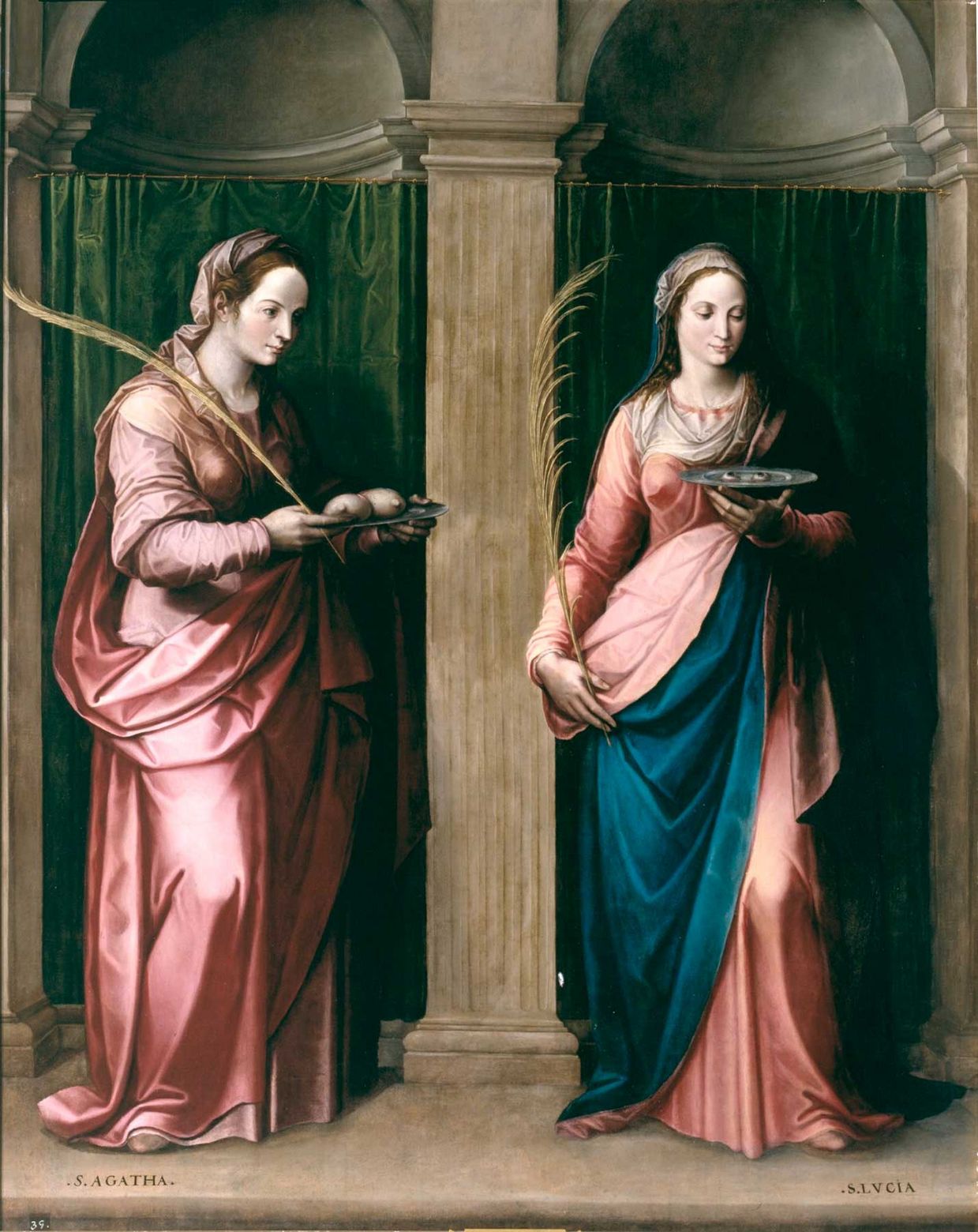←
Diego de Urbina
(Madrid, 1516 – Burgos, 1594)
Diego of Urbina belonged to a vast family of painters and worked intensely over a long period of time, particularly for the court in Madrid. From very early on he was linked to this environment and especially to Joanna of Austria, for whom he continued to work regularly over the years. Joanna's residence in Aranda de Duero (1549-1550) as well as other personal and family relationships justify his links with Bishop Acosta and the diocese of Osma. Between 1555 and 1562 Urbina worked intensively in Soria and Burgos. Collar de Cáceres has studied this period, attributing to him the polychromy of the main altarpiece and choir of Osma cathedral and the altarpiece of the convent of Sancti Spiritus in Aranda de Duero, as well as other various paintings. In 1562 he returned to Madrid.
Most of his later works (Descalzas Reales and El Escorial) are still preserved: classicist paintings, with their precise draughtsmanship, tight brushstrokes and homogeneous light, very different from the style developed in his earlier period, are marked by echoes of Berruguete and Juan de Villoldo.
This evolution and his activity as an expert painter on twill deserve a separate chapter.
Diego de Urbina, Saint Agatha and Saint Lucy, 1584. Basilica of the Monastery of San Lorenzo de El Escorial.
